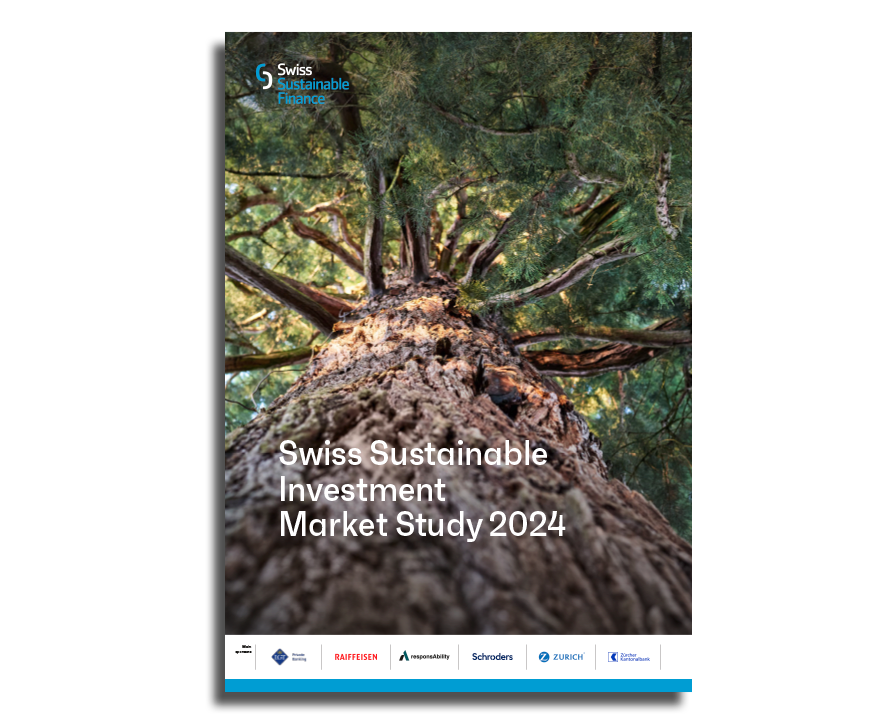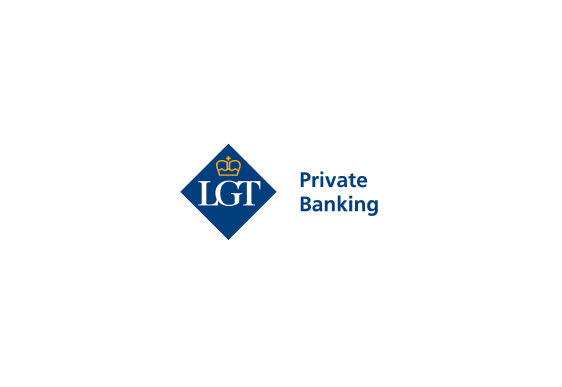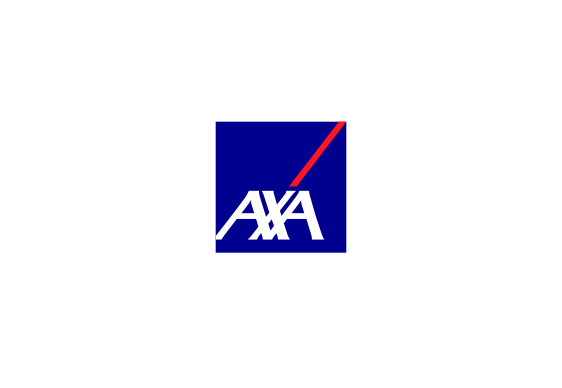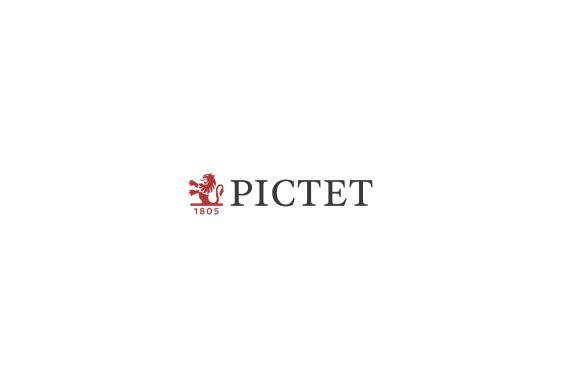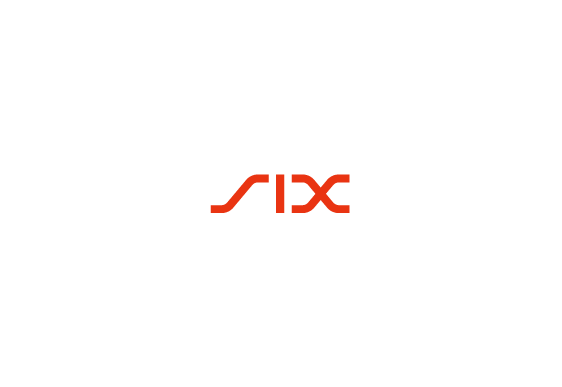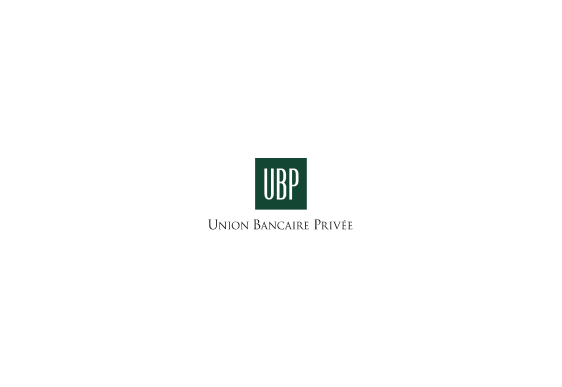Preface by Swiss Sustainable Finance
As we present the latest Swiss Sustainable Investment Market Study, we are reflecting on a dynamic year with continued improvements in transparency around sustainable investing and further regulatory action. After reporting a decline in volumes of sustainability-related investments for the first time last year, we are pleased to announce that growth has returned, albeit at a moderate level.
The urgent need for more decisive action to address climate change has been underscored by 2023’s record-high global temperatures. Fuelled by many global crises, we find ourselves further than ever from achieving many of the Sustainable Development Goals (SDGs). With public budgets under strain, the call for private funding has grown louder. While economic growth is needed to achieve progress on global goals, we have not yet managed to shape it sustainably.
Against this backdrop, the question of the real-world impact of sustainable investing has taken centre stage. Last year, we piloted a new method for sustainable investment market studies, developed by Eurosif in collaboration with the University of Hamburg. Our feedback helped refine the method, and we are proud to once again pioneer its application. This method aims to illustrate which part of the sustainability-related investment volumes can be linked to impact. The respective shares are surprisingly high, indicating that product providers are responding to clearer signals from clients desiring impact and regulatory pushes to put impact at the heart of sustainable investing.
The improving processes and transparency around investor impact depicted in the survey can be considered a positive development. However, it is important to recognise that sustainability-related investments have different shades of green – and rightly so. For institutional asset owners, improving their risk / return profile by integrating ESG factors into investment processes remains a key motivation. This does not preclude investor impact – the growing volumes for engagement and voting illustrate that institutional investors also aim to contribute to change.
The complexity in sustainable investing has once again increased, leading some market players to report their volumes more carefully – a trend which started last year and continued this year. It illustrates the willingness of market actors to adapt to changing requirements.
In conclusion, our market study paints a picture of a mature sustainable investment market focusing increasingly on real-world impact. We extend our gratitude to all parties involved : the survey respondents for their efforts in providing data, the members of the market study working group for their valuable feedback on the method, and the University of Hamburg for the continued fruitful collaboration in preparing this market study.

Sabine Döbeli
CEO SSF
![]() Download report (full version) below
Download report (full version) below
Executive Summary
The Swiss Sustainable Investment Market Study 2024 provides an overview of sustainability-related investments in Switzerland. It lists all assets that apply one or sustainable investment approaches (SI approaches) and uses different perspectives on overall sustainability-related investment volumes to provide clarity on various qualities of sustainability-related investments. While discussions around what the term “sustainable investment ” should stand for are still ongoing in Switzerland and the EU, the different perspectives provided in the SSF Market Study 2024 help create the necessary transparency on sustainability-related investments in the Swiss market. This year’s study therefore shows how overall sustainability-related investments are classified based on a combination of SI approaches, the definition provided in the AMAS self-regulation and the Eurosif methodology published in February 2024.
Development of sustainability-related investment volumes
Overall sustainability-related investment volumes increased from CHF 1,610 billion to CHF 1,660 billion between 2022 and 2023. After last year’s significant decline in sustainabilityrelated investment volumes, this represents a growth rate of 3%. This increase in overall sustainability-related investments is lower than the market performance of around 15% in 2023. The likely reasons for this difference are, first, participants having improved their measurement methodologies for sustainability-related investments, leading to lower volumes being reported compared with the previous year, particularly for stewardship approaches. Second, some participants stated that they no longer report assets that only use exclusions or ESG integration as a sustainable investment approach.
Development of sustainability-related investments in Switzerland
(in CHF billion)
Total sustainability-related investment volume now at CHF 1.660 billion (+3% compared to 2022)
This year’s study again uses three perspectives on overall sustainability-related investment volumes (see the figure below): (1) the combination of SI approaches (second bar), (2) the AMAS definition of sustainable investments in its self-regulation (third bar), and (3) the transition-oriented Eurosif methodology (fourth bar). The combination of SI approaches provides a breakdown based on the number of approaches applied that form the basis of the Swiss Sustainable Investment Market Study. The AMAS definition deducts volumes that apply only exclusions or only ESG integration from total Swiss sustainability-related volumes. The Eurosif methodology distinguishes four investment categories that differentiate between the levels of ambition to contribute to a sustainable transition: Basic ESG investments, Advanced ESG investments, Impact-Aligned investments and Impact-Generating investments, with the latter having the highest ambition level.
This year’s results show that market participants are responding to ongoing discussions about sustainable investments by increasing the number of SI approaches used, while at the same time the use of only one decreased. This is also reflected in a higher share of sustainable investments as defined in the AMAS self-regulation (90% this year compared with 86% last year). The results based on Eurosif’s methodology demonstrate a surprisingly high share of Impact-Generating investments (24% of all sustainability-related volumes). This can mainly be explained by an increasing number of market players reporting effective engagement strategies as a mechanism for investor impact. Although measured differently in all three perspectives, the results show that the sophistication of sustainability-related investment approaches increased compared with last year. This is very likely due to ongoing discussions about what deserves the term “sustainable investment”.
(in CHF billion)
Development of sustainable investments approaches
(in CHF billion) (n=79)
The development of SI approaches shows that most approaches increased at a rate higher than or the same as the overall increase in sustainability-related investment volumes (3%). This reaffirms that participants are using more combinations of SI approaches, leading to increases in their combined usage. The climate-alignment approach continues to show its relevance with an increase of 6%, even though it is a relatively new approach that was introduced in last year’s market study. After sustainable thematic investment and impact investment increased strongly last year (by 86% and 80% respectively), they showed slight declines in volumes this year (4% and 1%).
All asset classes continue to be important
Consistent with results from previous years, sustainability-related investments are relevant across all asset classes, including public and private assets. Equity, corporate bonds, sovereign bonds and real estate continue to be the top asset classes. While the share of equity and real estate has declined compared with 2022, the share of corporate and sovereign bonds has increased slightly. Together, these asset classes account for around 77% of the total volumes. The shares of all other asset classes are substantially smaller, while infrastructure, monetary deposit, supranational bonds and commodities experienced absolute increases.
Asset class distribution for sustainability-related investments
(in %) (n=76)
Regulatory developments in Switzerland and the EU
The Swiss Parliament and the Federal Council stepped up their activities to transpose the Paris Agreement into national law. The new regulations apply to the entire economy and will contribute to the success of the Swiss energy transition. With regard to the financial sector, however, the Swiss regulatory landscape remains fragmented and does not provide binding sustainability-related provisions that apply to all areas of the financial sector.
The constantly evolving EU regulation on sustainable finance is part of the EU’s package of measures to support the development of a green economy and set an international standards. The strong link between the taxonomy, the Sustainable Finance Disclosure Regulation (SFDR) and the Corporate Sustainability Reporting Directive (CSRD) is one of the reasons why the fulfilment of the corresponding disclosure and reporting obligations poses numerous challenges for companies. Through the wide-ranging consultation on the review of the SFDR, the EU is seeking views on the usefulness and compatibility of the current requirements.
Special topics
The real estate sector’s contribution to the transition to a more sustainable economy has become a focus of many investors, especially as investors can now link direct environmental and social benefits with their return expectations for real estate portfolios. Based on the environmental indicators for real estate funds published by AMAS in 2022, the acceptance of the related indicators was again assessed. Most respondents with real estate investments collect data on the five main indicators (energy mix, energy consumption, energy intensity, greenhouse gas emissions and intensity of greenhouse gas emissions).
At global level, sustainability-related debt investments – e.g. green, social, sustainability and sustainability-linked bonds (GSS+) – have grown significantly in recent years. The market study shows that 64% of all respondents invested in such instruments, which is a slight increase compared with last year’s share of 61 %. A separate article sheds light on the Swiss GSS + bond market and identified barriers to further growth.
Giving consideration to climate change in investments continues to be mainstream practice, with 87% of respondents explicitly addressing climate change in at least some of their investments. This year, data shows that 43% of respondents already focus their investments on companies with credible transition plans, showing a high level of interest in the transition of the economy.
This is the third year in a row that we have included questions related to investor action on biodiversity. Again, only a minority of asset managers (24%) follow one or more of the biodiversity standards. Eleven asset managers (22%) have conducted a systematic analysis of the negative and positive biodiversity impacts associated with their investment portfolios and 13 asset managers (25%) consider biodiversity risks in their investment decisions. The results are similar to last year and reflect the fact that the industry is not yet in a position to fully understand biodiversity issues, let alone integrate them into investment processes, because of the current lack of data and established frameworks.
Looking ahead
Discussions about what deserves the term “sustainable investment” are ongoing in Switzerland and in other jurisdictions. The regulatory context for sustainable finance in Switzerland and the EU therefore continues to evolve and becomes more complex. The revision of SFDR level one could leads to a new sustainability-related classification for financial products. In Switzerland, the ongoing process to implement the Federal Council’s position on the prevention of greenwashing may also lead to new industry self-regulations or other important developments.
In this context, it is crucial to provide transparency on the current development of sustainability-related investments. The SSF Market Study will continue to use both well-known and new perspectives so as to provide insights into past trends and new developments in the Swiss sustainable investment market.

